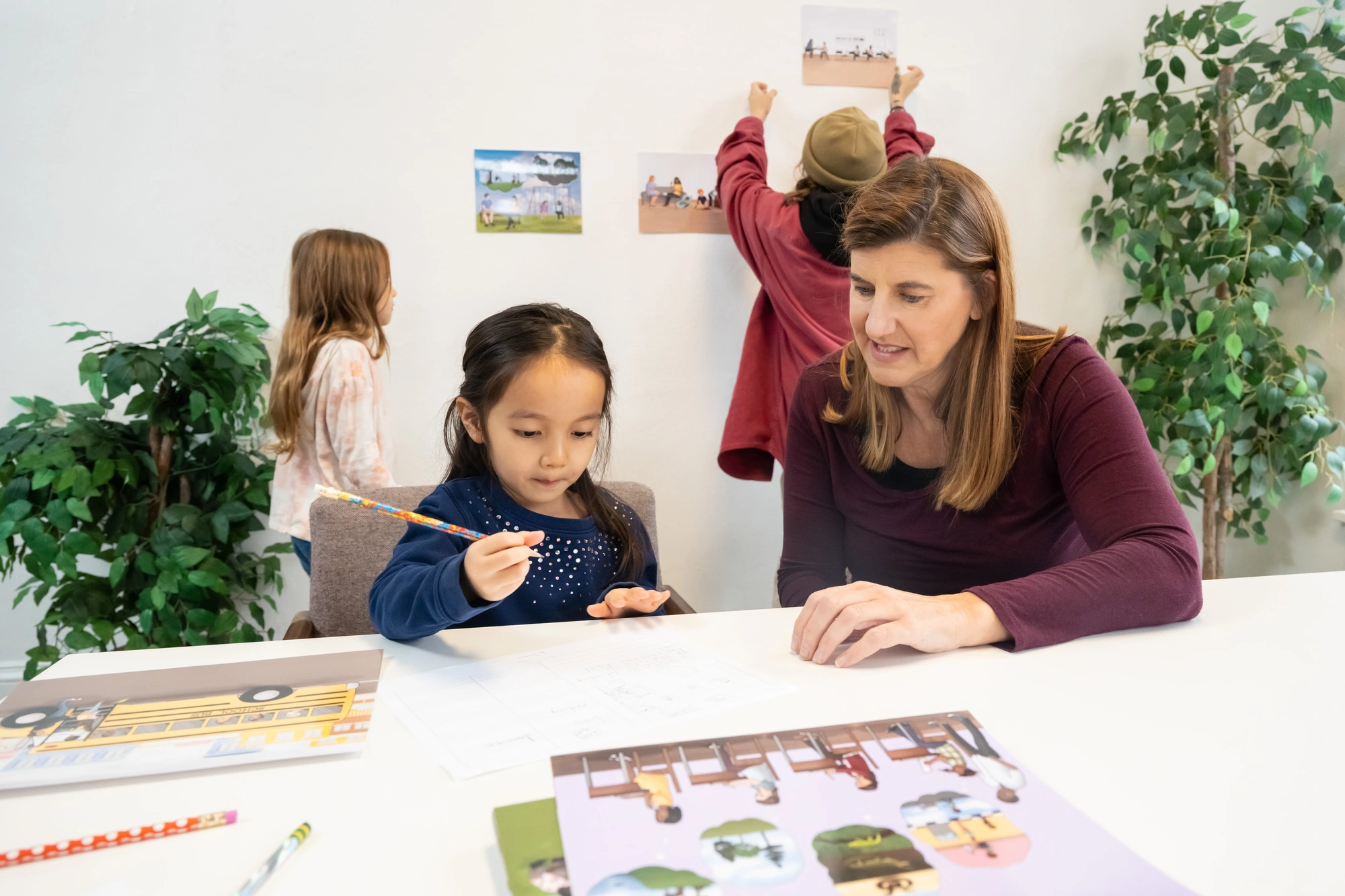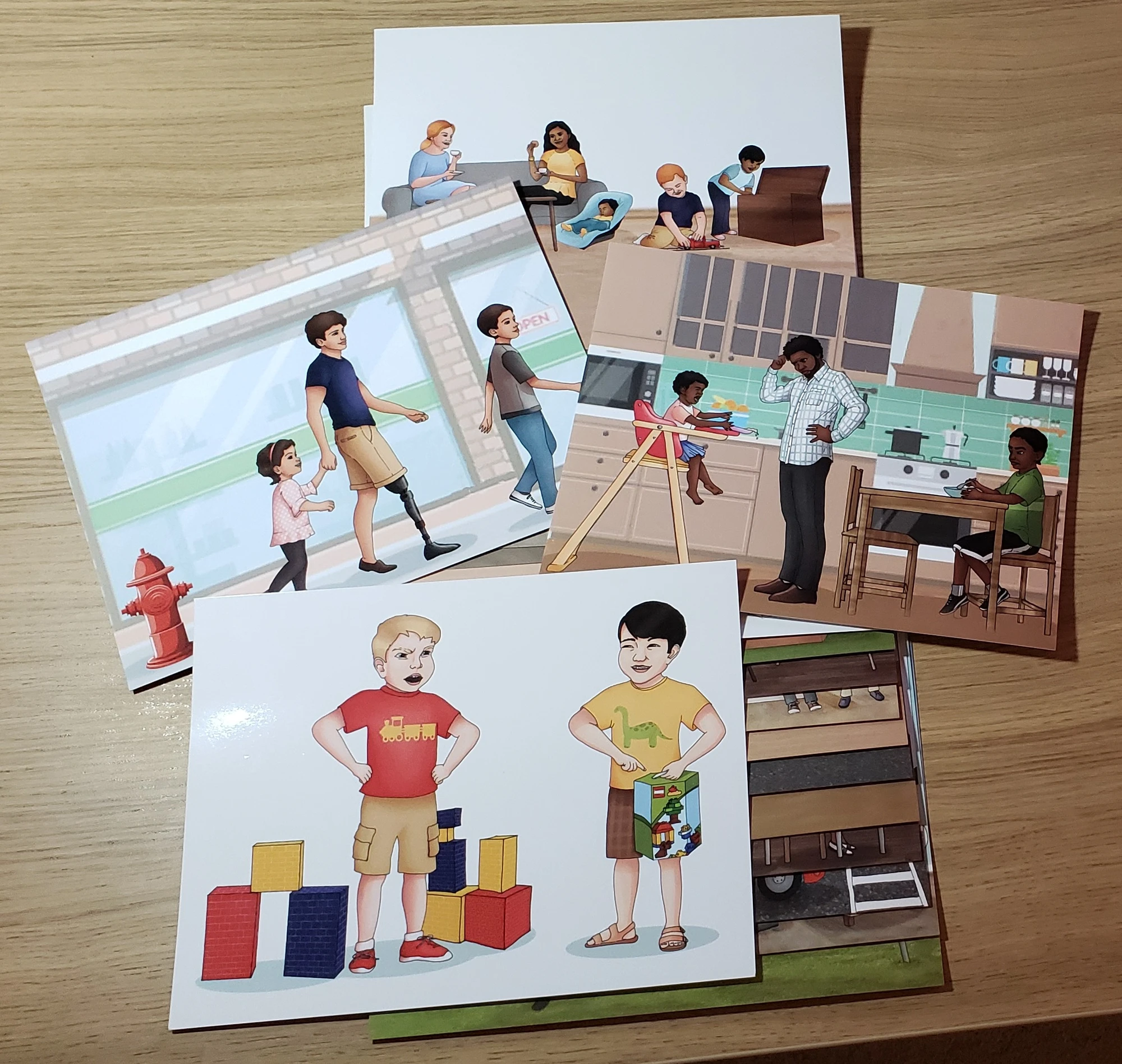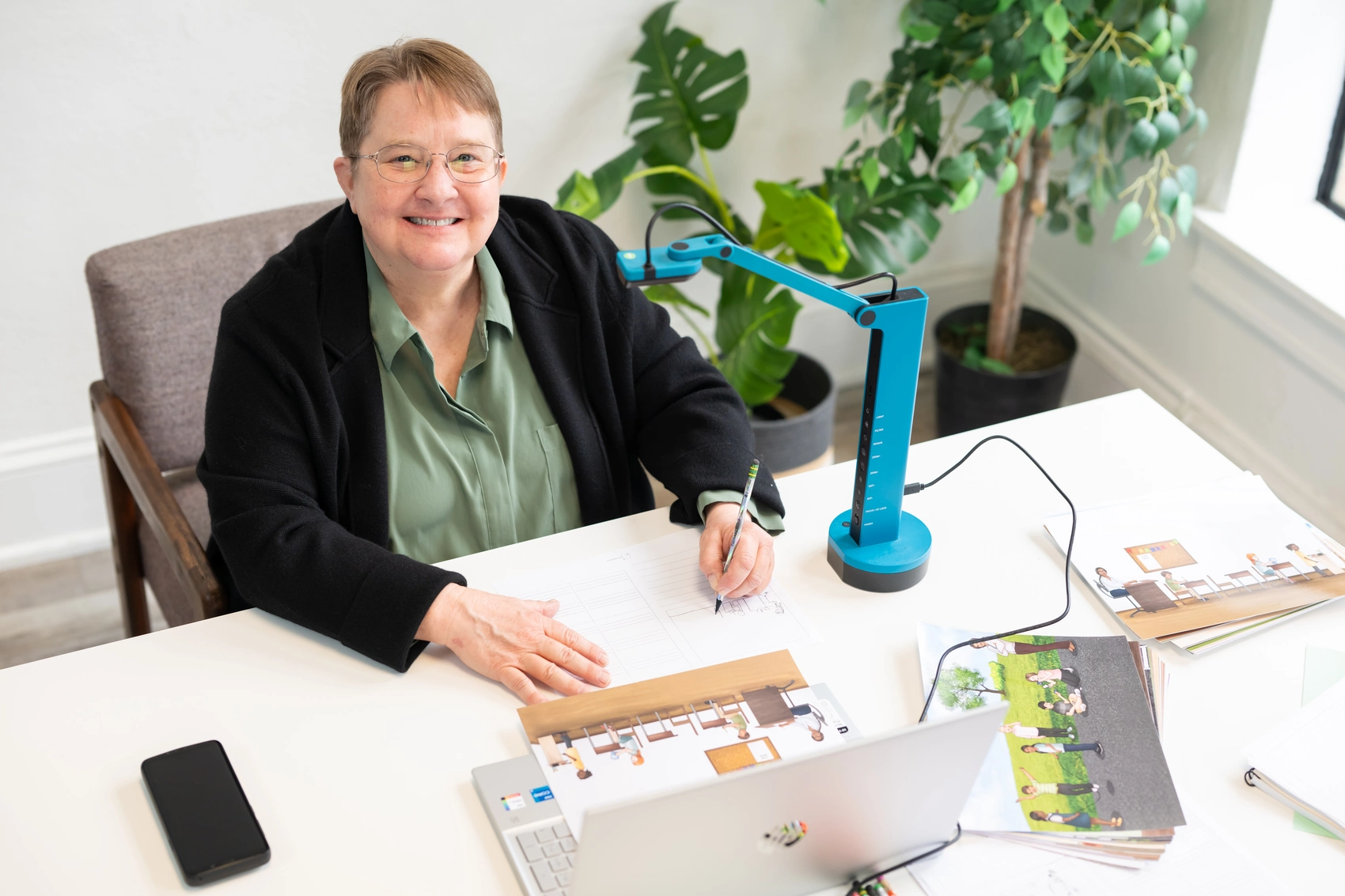
The Neurosemantic Language Learning Theory (NsLLT)
At INSL LLC, our approach to working with both children and adults is grounded in the Neurosemantic Language Learning Theory (NsLLT), formulated by Dr. Ellyn Lucas Arwood. Developed over 40 years, this four-level learning theory integrates research from cognitive psychology, neuroscience, and language studies to explain how humans acquire and process language.
Level 1: Sensory Input and Perception
Learning begins with sensory input, primarily through sight and hearing, through all senses that contribute to the learning process. Sensory organs like the ears and eyes receive external stimuli differently but work together to provide comprehensive information to the brain. The ears detect acoustic signals but do not interpret them; instead, they send information about the frequency, intensity, and timing of sounds to the brain. Similarly, the eyes process light and motion, with signals divided into channels for rapid edge and movement detection and for slower processing of color and detail.
Level 2: Pattern Recognition in the Brainstem
The second level of learning involves the brainstem, where sensory patterns are processed before being sent to higher brain regions. Auditory signals, processed by the ear and brainstem, are sent to the auditory cortex, while visual signals are processed similarly and transmitted to the visual cortex. This level involves sorting and initial processing but not conscious thought, which occurs in the cerebrum.
Level 3: Conceptual Thinking in the Cerebrum
At this level, the cerebrum’s circuits form mental images, concepts, or ideas from sensory information. The brain’s visual and auditory systems, connected through dorsal and ventral pathways, integrate with other brain systems, such as those controlling motor functions. This interconnected network supports conceptual thinking, with language emerging as the tool to name these concepts.
Level 4: Language in Cortical Networks
Language represents the highest level of cognitive processing, involving abstract thought and complex idea formulation. The brain’s cortical networks enable thinking about and learning new ideas by associating them with existing knowledge. Learning occurs in context, emphasizing the relationships between ideas, which are then named through language.
Assessment at INSL LLC
We assess cognitive and language functions using the correlation hypothesis, which posits that evaluating one can inform about the other. Our assessment involves discussing daily activities with the student, having them read and retell stories, or describe event-based pictures, depending on their reading level. This process helps identify the student’s strengths and natural learning strategies, which inform our tailored educational interventions.


Methods: Viconic Language Methods™ (VLM™)
Developed by Dr. Ellyn Arwood and Mabel Brown, VLM™ strategies cater to visual thinkers by leveraging the visual system’s properties. Given the brain’s preference for high-contrast images, we use stick figure drawings to represent ideas and written language to name these concepts. This approach helps students visualize their thinking, facilitating better understanding and communication.
Students’ drawings reflect their unique perspectives and experiences, enabling us to identify and address gaps in their knowledge. By framing ideas within contextual relationships (who, what, when, where, why, and how), we align our teaching methods with how the brain processes meaning.
Behavioral Interventions
For students with behavioral challenges, visual aids like cartoons and drawings can clarify expected behaviors and actions. This method is effective even for non-verbal students, ensuring equal access to learning and higher-order thinking by translating auditory instructions into visual representations.
Conclusion
At INSL LLC, we base our work on Arwood’s NsLLT, encompassing sensory input, pattern recognition, cognition, and language. This comprehensive understanding informs our methods, which are designed to align with the brain’s natural processing systems, supporting effective learning and higher cognitive function through visual and written strategies.




